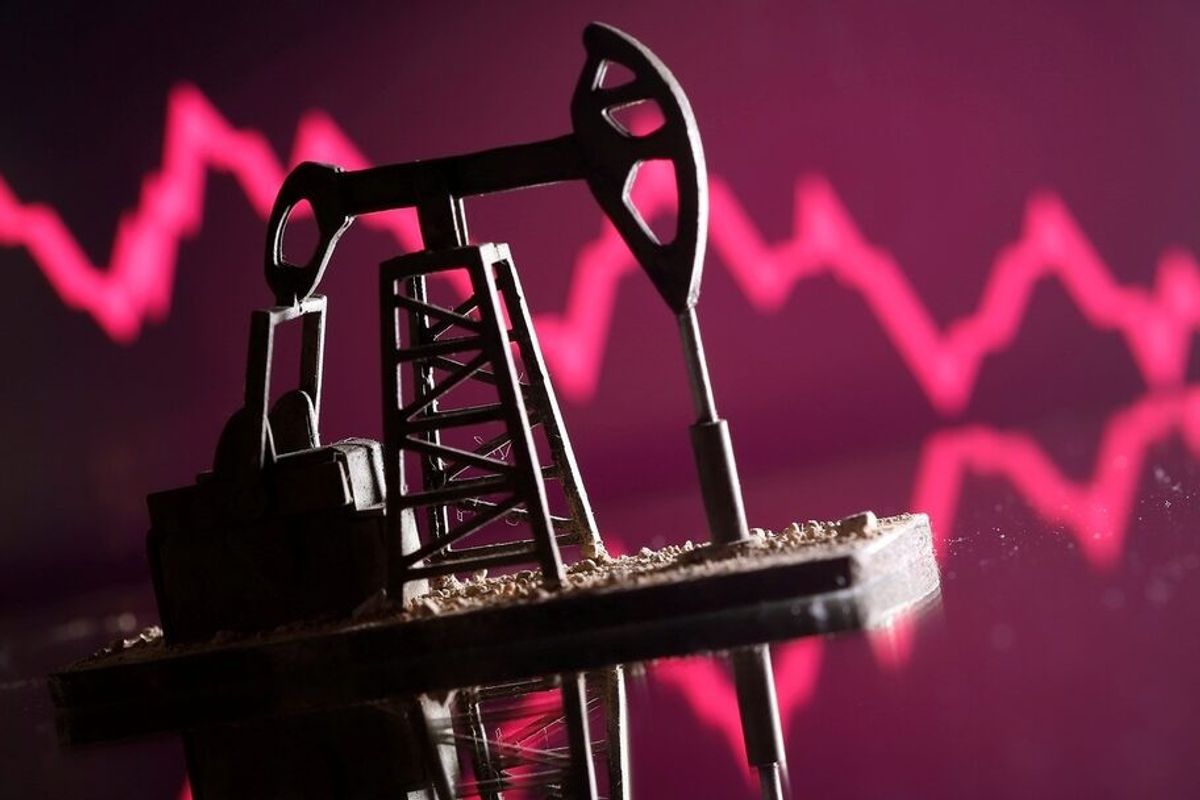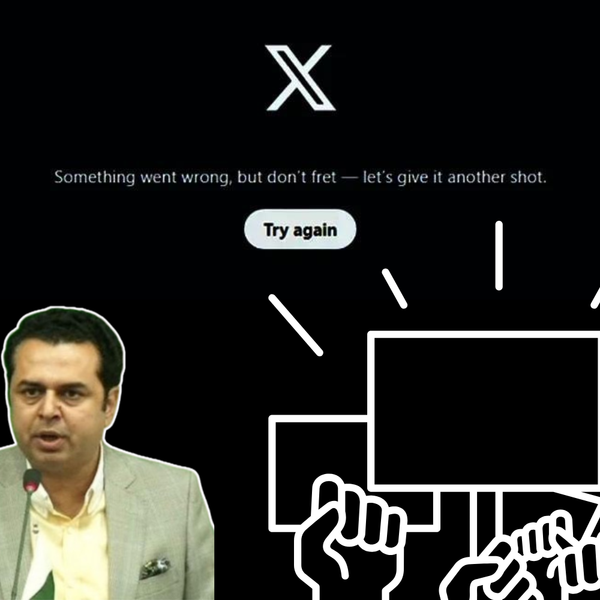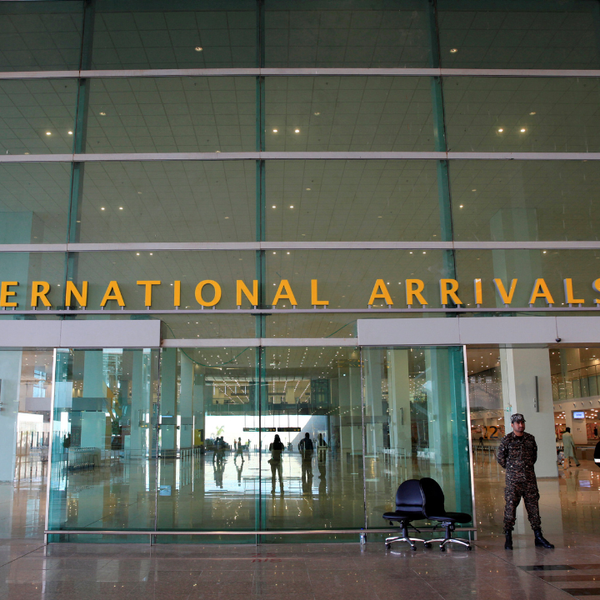With global oil prices falling, Pakistan needs to make the right choice
A two-phase fuel pricing strategy could ease inflation without derailing revenue goals
Shahbaz Ashraf
Business Consultant
Seasoned Investment Professional | CFA | 17+ Years of Experience in Equity Research, Valuation & Advisory Seasoned investment professional with over 17 years of experience in equity research, financial analysis, valuations, and investment advisory—primarily focused on financial services firms, including equity brokerages, asset management companies, and family offices. Skilled in financial modeling, portfolio management, and evaluating multi-asset investment opportunities. Known for delivering data-driven insights and actionable strategies tailored to both institutional and private clients. Holds a BBA and MBA in Finance from the Institute of Business Management (IoBM), Karachi, and is a Chartered Financial Analyst (CFA).

In early April, when international oil prices began to soften, the Pakistan government made a conscious decision not to pass on the relief to consumers. Instead, it increased the petroleum development levy (PDL) from PKR 60 per liter to approximately PKR 78 per liter citing the need to fund development initiatives, particularly in underdeveloped regions like Balochistan.
While revenue generation is important, the timing and approach to these adjustments have significant implications for inflation and public sentiment.
Fast forward to late June, global oil markets experienced a sharp spike in prices amid escalating tensions between Israel and Iran. Though a ceasefire has since brought some calm, and international oil prices have started to retreat, the government is expected to raise domestic fuel prices by up to PKR 15 per liter on July 1. This would be the second fuel price hike in just over a month despite the easing trend in global markets.
This anticipated increase, however, may not be necessary or wise.
With international prices now trending downward and further declines expected in the first half of July, the government has a window of opportunity to act responsibly. Rather than transferring the entire burden to consumers, it can adjust the petroleum levy downward on July 1, absorbing the short-term cost pressure through a modest sacrifice in levy collection.
If this global downward trend sustains, the government can then restore or even increase the levy on July 16, once international prices stabilize at a lower level. This way, pump prices can remain stable, protecting the public from another inflationary shock while still allowing the state to meet its fiscal needs.
This two-phase approach offers a more balanced and responsive fuel pricing strategy. It shows that the government is not just reactive but also sensitive to both economic realities and public hardship. In a fragile economic environment, where every rupee matters for the average household, such strategic decision-making is essential.
Rather than relying on blunt price hikes, the government can utilize smart fiscal maneuvering to strike the right balance between revenue needs and inflation control. This method not only strengthens public trust but also reflects sound governance rooted in empathy and foresight.







Comments
See what people are discussing